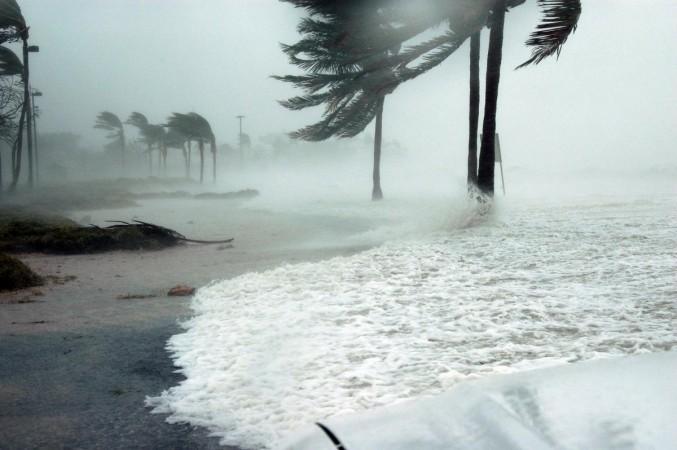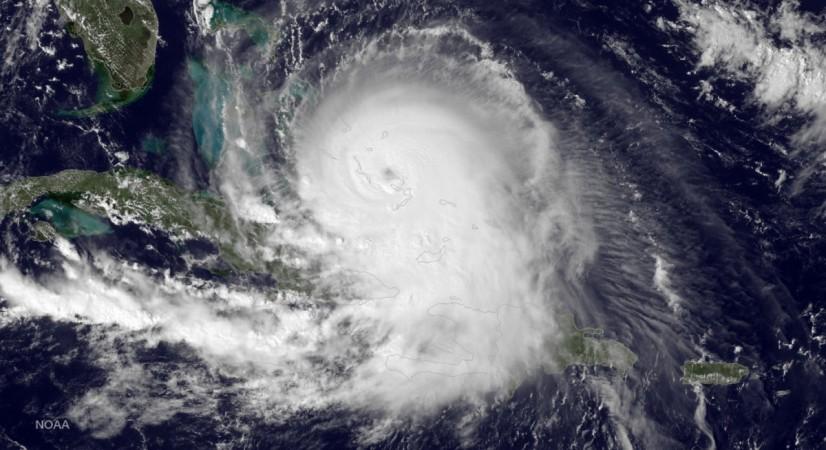
Hurricane Laura has strengthened into catastrophic Category 4 hurricane with maximum winds of 140mph, the National Hurricane Centre has confirmed. Laura was on about 200 miles south-southeast of Port Arthur in Texas as on Wednesday afternoon.
The maximum sustained winds are expected to go from 140 miles per hour (220 km per hour) to 145mph (233kph) before landfall on Wednesday night. According to the NHC predictions, the catastrophic storm could hit 30 miles inland from the coastline between Sea Rim State Park, Texas, and Intracoastal City, Louisiana and raise the water levels as high as 20 feet (6 m) in parts of Cameron Parish, Louisiana.
The Cat. 4 hurricane causes a lot of destruction. Power outages could last weeks or event months. Most areas hit by the storm won't be habitable for a long time. In wake of the hurricane, more than half a million people have been asked to evacuate the Gulf Coast along the Texas-Louisiana state line. Over 385,000 residents were told to flee the Texas cities of Beaumont, Galveston and Port Arthur, and 200,000 people were asked to evacuate low-lying Calcasieu Parish in southwestern Louisiana, areas where there will be the massive impact of the hurricane.
Category 5 vs Category 4 Hurricane

Hurricanes are measured on the Saffir-Simpson Hurricane Wind Scale, which runs from Category 1 up to Category 5. The categories are differentiated by the wind speeds produced by a hurricane, and it won't take into consideration the flooding or tornadoes. But these categories give an idea of the level of threat we are facing.
Category 4 and Category 5 hurricanes are considered the most dangerous. The wind speeds in the Cat 4 range from 130mph to 156mph. Anything above 157mph is considered Cat 5 hurricane.
As for threat level, at such high wind speeds, flying and falling debris pose high risk of injury or death to people, pets and livestock.
Mobile homes will be destroyed, frame houses may collapse and well-built houses will suffer severe damage to roofs. Cat. 4 and Cat. 5 hurricanes can uproot trees, blow out windows in high-rise buildings, damage power lines causing power outages and even cause water shortages. With this, the regions hit by the hurricane won't be habitable for weeks or months or even longer.
"To think that there would be a wall of water over two stories high coming on shore is very difficult for most to conceive, but that is what is going to happen. The word 'unsurvivable' is not one that we like to use, and it's one that I've never used before," said National Weather Service meteorologist Benjamin Schott at a news conference, according to Reuters.
















